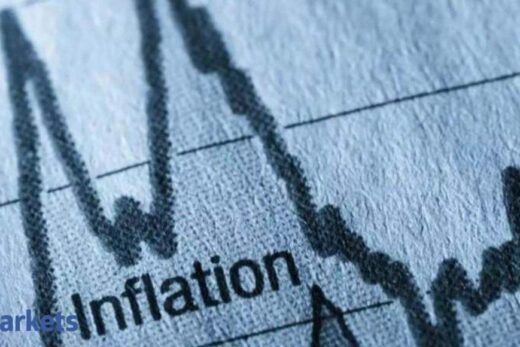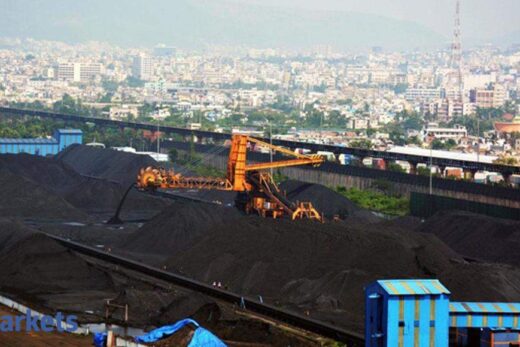However, this will be a high 21.2 per cent over FY21, the year of the pandemic when half of the year was almost lost in lockdowns; and the forecast is more than its own earlier assumption of 4.4 per cent, though.
The service-oriented sector is the worst hit so far when it comes to supply-side disruption from the second wave of the pandemic, the report said on Monday, adding this has pushed back their recovery beyond the current fiscal.
While FY22 is likely to be better than FY20 for most of the sectors due to an improvement in revenue benefitting largely from elevated prices and pent-up demand resulting in higher volume growth, volatile commodity prices along with interest rates reversal and the rupee fall are likely to cap profitability, the report added.
“Given these, we expect an overall median revenue growth of 6 per cent for corporates in FY22 over FY20 and 21.2 per cent over FY21,” India Ratings said, and pointed out this is an increase from its earlier estimate of a median growth of 4.4 per cent.
The gains in FY22 are primarily a result of some level of consolidation resulting in bipolarisation, meaning larger companies growing faster than smaller ones, it said. Moreover, excess cash used for deleveraging across sectors will result in higher operating leverage supporting the overall credit profile of corporates, the agency noted.
But sectors like pharma, chemicals, cement and steel may witness some capex on account of higher liquidity cushion with them, it added.
Lower revenue growth is likely to test the credit profile in FY23 due to the moderation in consumption and investment demand outlook and smoothening out of supply chain issues, and the consequent possible moderation in prices, the rating agency said.
Noting that discretionary bucket is the worst hit, the report says within the essential bucket, telecom is likely to benefit from consolidation while improvement in fertilisers is likely to be driven by expected subsidies, thereby reducing working capital needs.
Within the non-discretionary bucket logistics and ports are likely to see growth on account of expectation of strong GDP growth, the oil and gas sector is likely to witness contraction due to higher commodity prices, and IT and paper sectors are likely to witness an improvement on the back of higher demand, the report said.
Industrials, goods and services, and cyclical sectors like steel, logistics, cement, construction, commercial realty are likely to be marginally better off and may see a recovery in the first half from FY20 levels.
Within these, iron and steel, non-ferrous metals, cement and engineering, procurement and construction are likely to do better largely benefitting from higher prices and pick-up in volume.
Commercial realty is likely to be doing bad given concerns about the impact of the pandemic on the upcoming providers of office space who are likely to struggle, as office offtake may be under pressure due to the continued prevalence of work-from-home culture.
Sectors linked to consumer discretionary spends and exports are likely to to do marginally better. Within these sectors, airlines, residential realty and hotels will be the most hit and may not see recovery until the second half, concludes the report.



